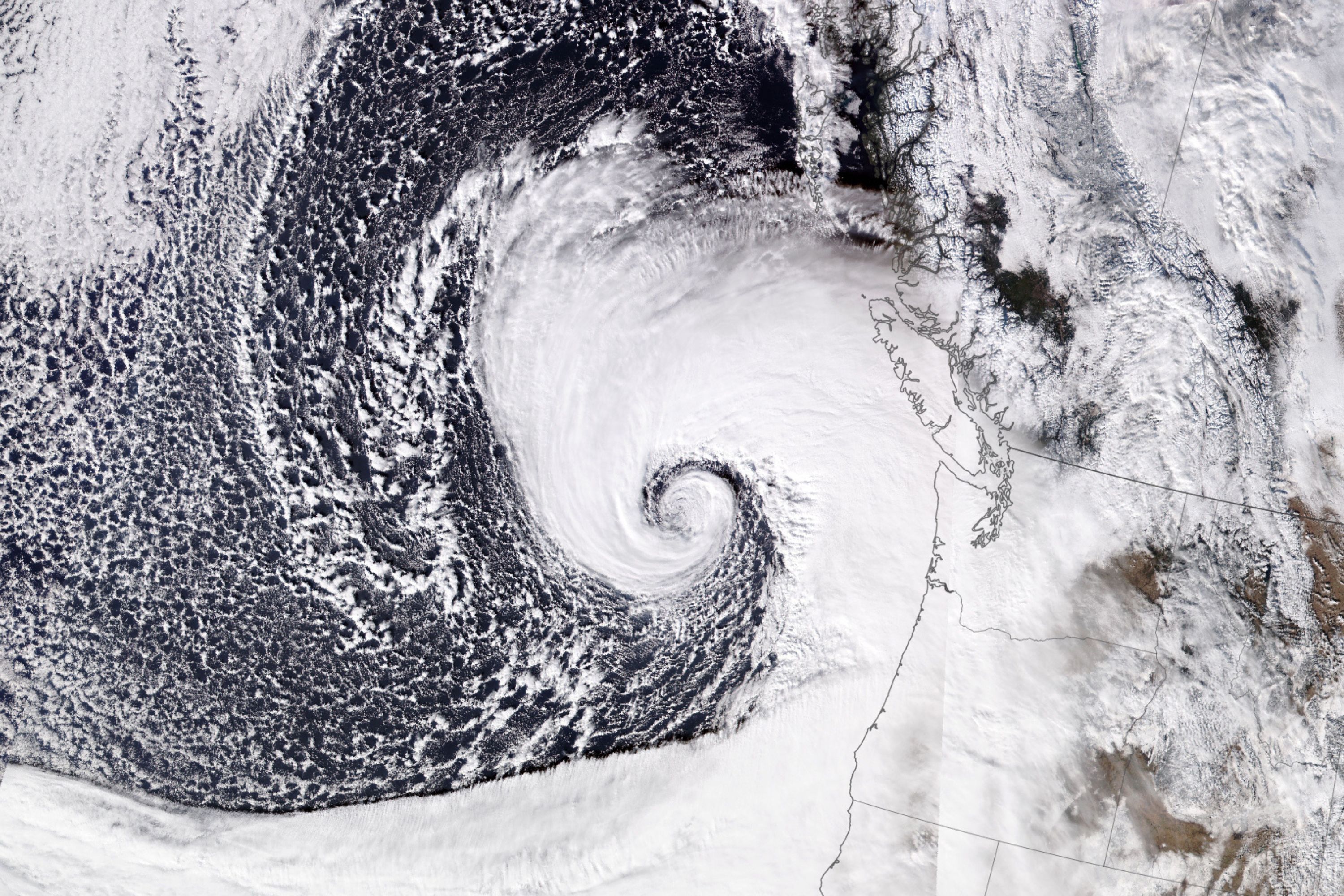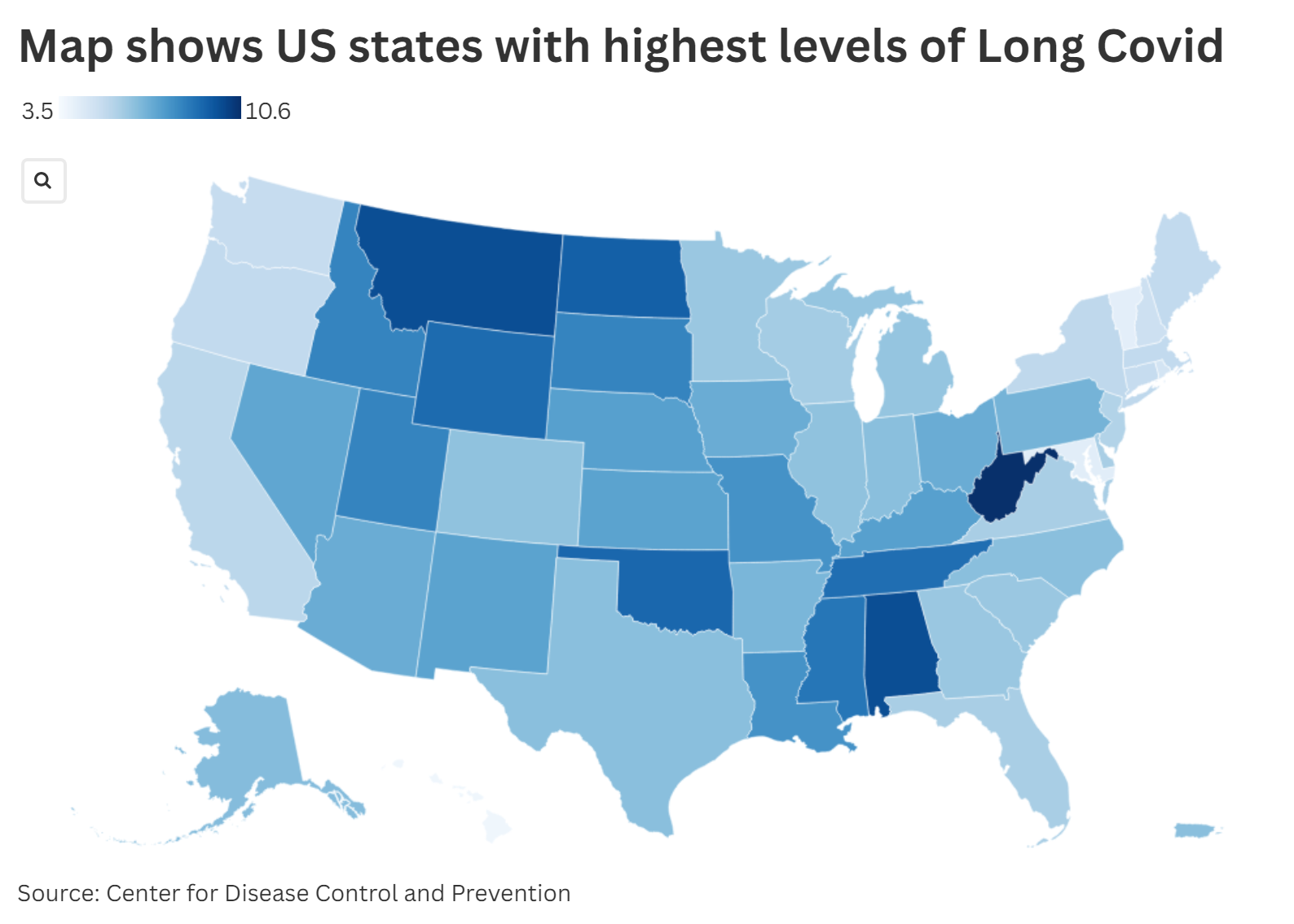Hurricane Oscar made landfall early Sunday in the southeastern Bahamas bringing with it the threat of coastal destruction and heavy rains as it heads toward Cuba.
Oscar touched down on Great Inagua Island, according to the National Hurricane Center (NHC) in Miami, with officials warning that it is expected to produce a dangerous storm surge likely to trigger severe coastal flooding. According to the NHC, Oscar was a Category 1 hurricane in the North Atlantic Ocean Sunday morning as rainfall projections range from 2 to 4 inches, with localized amounts potentially reaching 6 inches in the Bahamas.
However, Cuba may bear the brunt of the storm, with forecasters suggesting between 5 and 10 inches of rain, and some areas facing totals as high as 15 inches by Tuesday.
It comes as Cuba is already reeling from a significant power outage, its most severe blackout in two years. The power outage on Thursday came after the nation's energy grid went down when one of the island's major power plants, Antonio Guiteras thermoelectric plant in Matanzas Province east of Havana, failed
It left millions in the dark, although some areas had their electricity restored by Saturday. However, it is unclear when the power would be fully restored across the country.
While Cuba is accustomed to frequent outages amid a series of economic crises, Hurricane Oscar brings additional concerns as another major power outage occurred two years ago after Hurricane Ian, an intense Category 3 storm, damaged power installations and the government took days to fix them.
The storm, which formed rapidly on Saturday, took forecasters by surprise.
Philippe Papin, a meteorologist at the NHC, acknowledged Oscar's quick intensification.
"Unfortunately the system kind of snuck up a little bit on us," Papin told the Associated Press.
Just hours before striking the Bahamas, Oscar skirted past the Turks and Caicos Islands. The NHC initially characterized the storm as "tiny," but quickly upgraded it to hurricane status, issuing warnings for the Bahamas and parts of Cuba.
Oscar is packing maximum sustained winds of 80 miles per hour, with stronger gusts in some areas. The storm's center is located approximately 150 miles east-northeast of Guantanamo, Cuba. The storm was heading west at 12 mph and was expected to reach Guantanamo or Holguin, Cuba, on Sunday afternoon at hurricane strength.
The system is then expected to move across eastern Cuba tonight and Monday. Oscar will then accelerate northeastward across the central Bahamas on Tuesday. While concerns about tropical storm activity heightened in the United States last week, forecasters do not expect Oscar to hit Florida.
Newsweek has reached out to the NHC via email for comment.

As Oscar barrels toward Cuba, it follows closely on the heels of another tropical system, Nadine, which formed off Mexico's southern Caribbean coast.
Nadine previously brought heavy rainfall and stormy conditions to parts of Belize and the Yucatán Peninsula.
A tropical storm warning was in place for Belize City, extending along the coastline from Belize to Cancún, Mexico, including the island of Cozumel on Saturday. The NHC said Nadine was just 20 miles east of Belize City, moving inland with winds clocking in at 13 mph and a maximum of 50 mph.
However, Nadine quickly weakened into a tropical depression before moving over land.
With the Atlantic hurricane season showing no signs of slowing, residents in Oscar's path are urged to remain vigilant as the storm continues its westward journey.




















 English (US) ·
English (US) ·